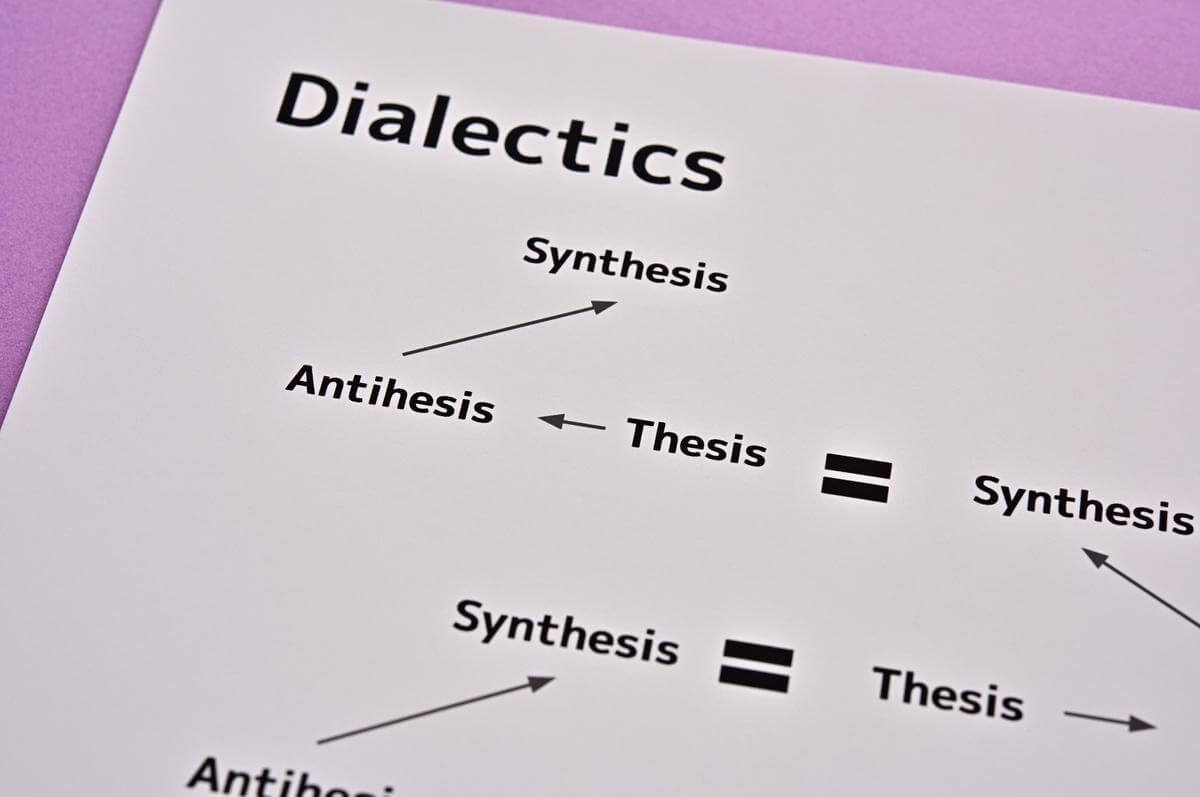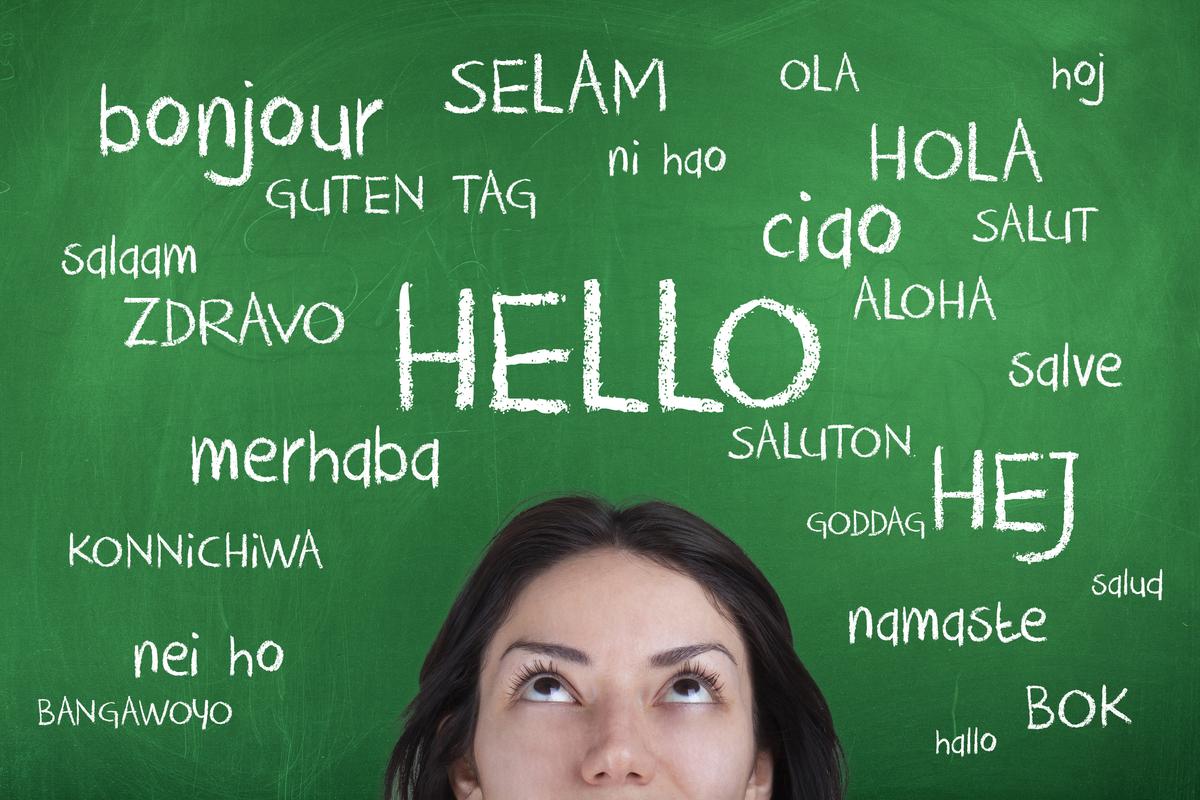
Language and dialect are two terms that are often used interchangeably, and yet they are very different from each other. Understanding the difference is essential in linguistics as it allows us to better understand the evolution of language and how it is used across different regions and cultures. In this blog post, we will explore the difference between language and dialect, as well as the factors that contribute to their development and evolution. We will also look at specific examples of dialects and languages from around the world and the role of linguists in understanding them.
Defining Language And Dialect
Language and dialect are both forms of communication used by humans. A language is defined as a system of communication that is standardized either by a government, community or other institutions. A dialect, on the other hand, is a form of language that is specific to a particular region, group of people or social class. Dialects often have their own unique vocabulary, grammar and pronunciation, and they may differ significantly from the standard language.
One of the most significant differences between a dialect and a language is standardization. A standardized language has agreed-upon rules and conventions that dictate how it is written and spoken. In contrast, dialects are not standardized, and their grammar, vocabulary and pronunciation can vary significantly from one region to another.

Origins Of Dialect And Language
The origins of dialects and languages can be traced back to the movement of people across different regions and countries. Different dialects developed as people moved to new regions and adapted their language to the local culture and way of life. Similarly, languages evolved over time as people communicated with each other, adopted new words, and changed their pronunciation and grammar.
The development of dialects and languages also depends on economic, social and political factors. For example, trade routes, migrations of people, and contact with other cultures can all influence the development of language and dialect. Similarly, the language spoken by the ruling elite in a society often becomes the standard language, while the language of the lower classes may be considered a dialect.
What Makes A Language Separate From A Dialect?
The distinction between language and dialect can be challenging to make because there is often no clear-cut boundary between the two. Nevertheless, some elements can help us distinguish between language and dialect. One critical factor is intelligibility or the degree to which speakers of one dialect can understand speakers of another. If two groups of people find it difficult to communicate, they are likely speaking different languages rather than dialects of the same language.
Another factor that separates a language from a dialect is standardization. A standardized language has a set of rules and conventions that govern its use, whereas dialects lack such standardization. A language may also have a written form, which is rarely the case for dialects. Furthermore, a language may have a more extensive vocabulary, a more complex grammar and a richer literary tradition than a dialect.
Language Standardization
The standardization of a language involves codifying its grammar, vocabulary and pronunciation and establishing norms for its written form. The process of standardization is often conducted by governments, educational institutions or other language regulating bodies. Standardization helps to ensure consistent and accurate communication across different regions and cultures.
Standardization also helps to enhance the status of a language and its speakers, making it easier for them to communicate with people from other regions and countries. Standardization also plays an essential role in the spread of a language, particularly in education and media, leading to its increased use in official and formal contexts.

Factors That Contribute To Linguistic Change And Development
Language and dialect are constantly changing and evolving, and several factors contribute to these changes. One of the most significant factors is contact with other languages and dialects. The of new words, expressions, and grammatical constructions from other languages can lead to the adoption of these elements in the local language or dialect.
The social and political context can also influence linguistic change. For example, the adoption of new technologies or the of new media can lead to the creation of new words and expressions that become part of the new language or dialect. The political and social context can also influence the use of language in different regions and social groups, leading to the development of new dialects or the disappearance of others.
The Role Of Linguists In Understanding Language And Dialect
Linguists play a crucial role in understanding language and dialect by studying the phonetics, grammar, syntax and morphology of language, as well as the social and historical context in which they are used. Linguists use various methods to study language, including historical linguistics, sociolinguistics and comparative linguistics.
Historical linguistics involves the study of language change over time, while sociolinguistics focuses on the social and cultural factors that influence language use. Comparative linguistics, on the other hand, compares different languages and dialects to identify similarities and differences between them. By studying language and dialect, linguists can help us better understand the world around us and communicate more effectively with people from different regions and cultures.

Examples Of Dialects And Languages Around The World
There are thousands of dialects and languages spoken around the world, each with its unique features and characteristics. Some of the most widely spoken languages in the world include english, chinese, spanish, hindi, and arabic. These languages have a long history and a rich literary tradition and are spoken by millions of people worldwide.
On the other hand, some of the most famous dialects worldwide include the cockney dialect of london, the geordie dialect of northeast england and the southern accent in the united states. These dialects are known for their unique vocabulary and pronunciation and are often associated with a particular region or social group.
The distinction between language and dialect is an essential concept in linguistics. While the two terms are often used interchangeably, they are very different from each other and had distinct origins. Understanding the factors that contribute to the development and evolution of language and dialect can help us better appreciate the richness and diversity of the world’s many languages and dialects. Linguists continue to play a crucial role in studying and understanding these unique forms of communication, helping us better communicate and connect with people from different cultures and regions.
